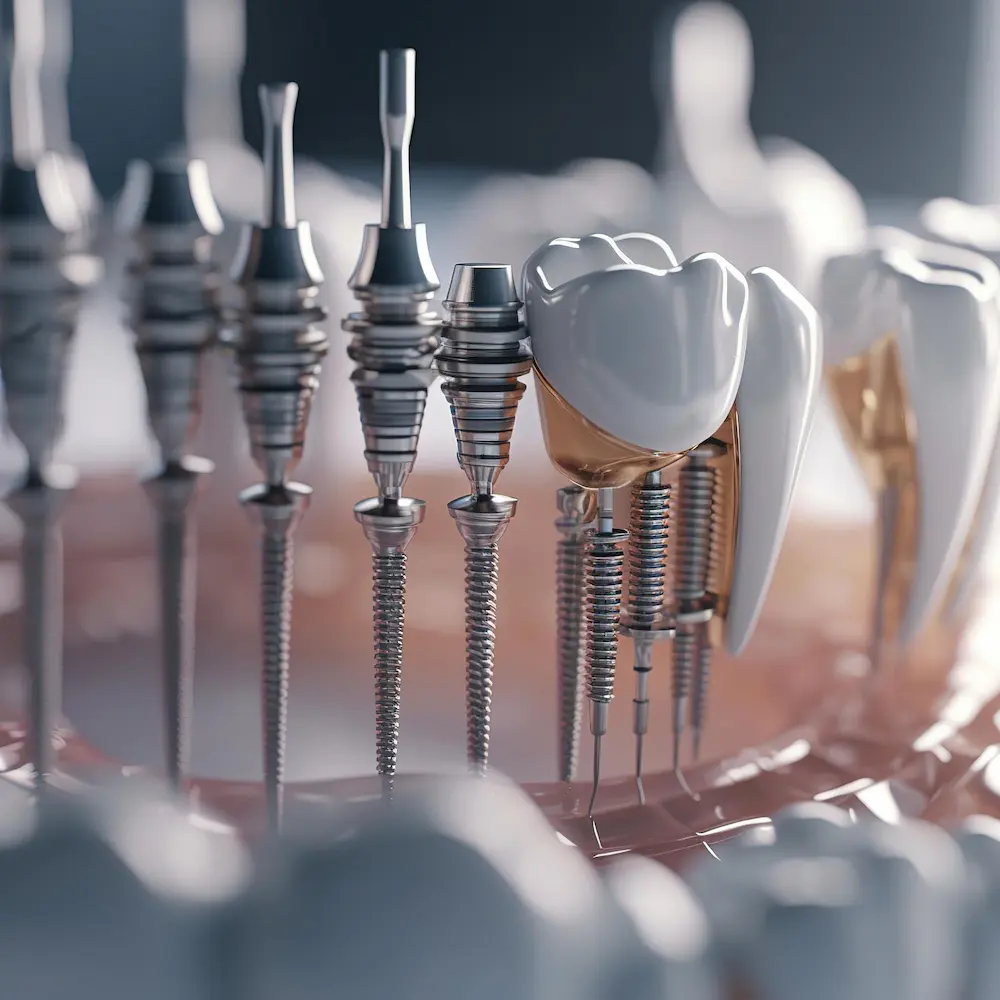A singular dental implant procedure involves the replacement of a single missing tooth with a dental implant.
Here’s how the procedure typically works:
Initial Consultation
The process begins with an initial consultation with one of our Dentists. During this consultation, our dentist will evaluate your oral health, including the condition of the gums from the missing tooth and the surrounding teeth and gums. X-rays or other imaging may be taken to assess the bone density and structure of the jawbone.
Treatment Planning
Based on the evaluation, our dentist will develop a treatment plan tailored to your specific needs. This plan will outline the steps of the implant procedure, including the placement of the implant and the fabrication of a custom-made dental crown to replace the missing tooth.
Implant Placement
The next step is the surgical placement of the dental implant into the jawbone. This is typically performed under local anesthesia to ensure your comfort. During the procedure, a small incision is made in the gum tissue, and the implant is carefully inserted into the jawbone. The gum tissue is then stitched closed, and the implant is left to heal and integrate with the surrounding bone over a period of several months.
Healing and Osseointegration
Over the next few months, the implant will undergo a process called osseointegration, during which it fuses with the surrounding bone tissue. This integration provides a strong and stable foundation for the replacement tooth.
Placement of the Dental Crown
Once the implant has fully healed and integrated, an abutment (a small connector piece) is attached to the implant. The dental crown, which has been custom-made to match the color, shape, and size of your natural teeth, is then secured onto the abutment. The result is a lifelike replacement tooth that blends seamlessly with the rest of the smile.
Follow-up Care
After the dental crown has been placed, the patient will be given instructions on how to care for their new implant-supported tooth. This typically includes maintaining good oral hygiene practices, such as regular brushing and flossing, as well as scheduling periodic check-ups with a dentist to monitor the health and stability of the implant.
Overall, singular dental implants offer a durable, long-lasting solution for replacing missing teeth and restoring both function and aesthetics to the smile.

